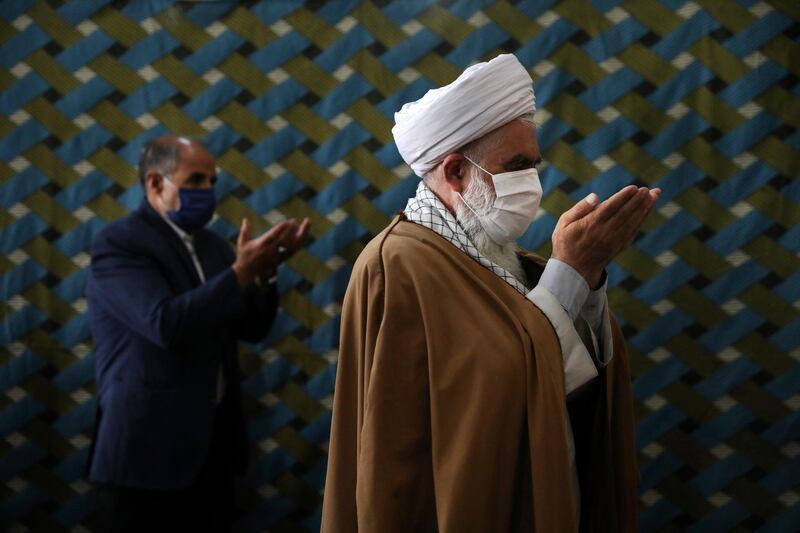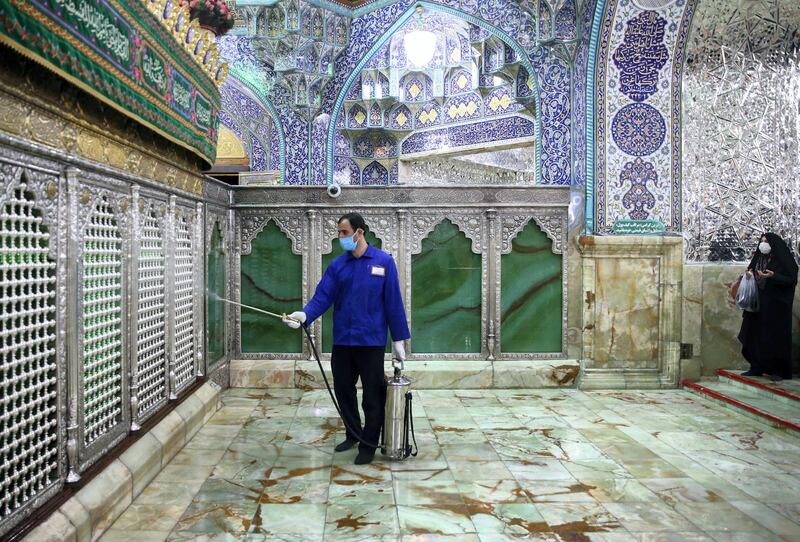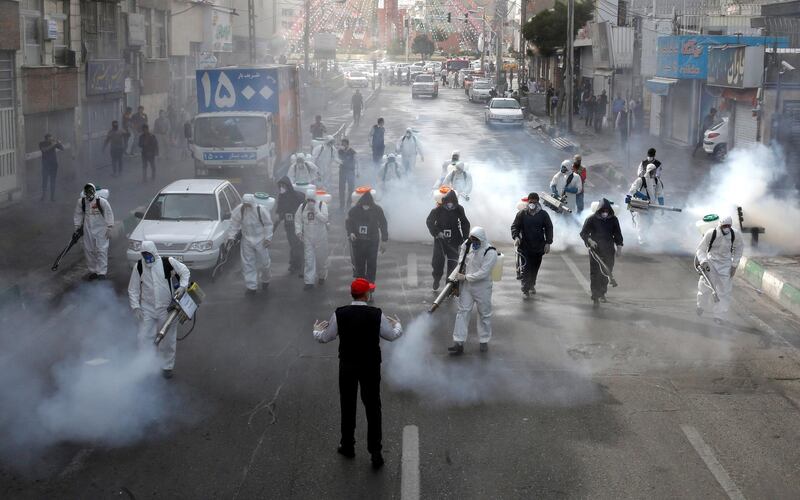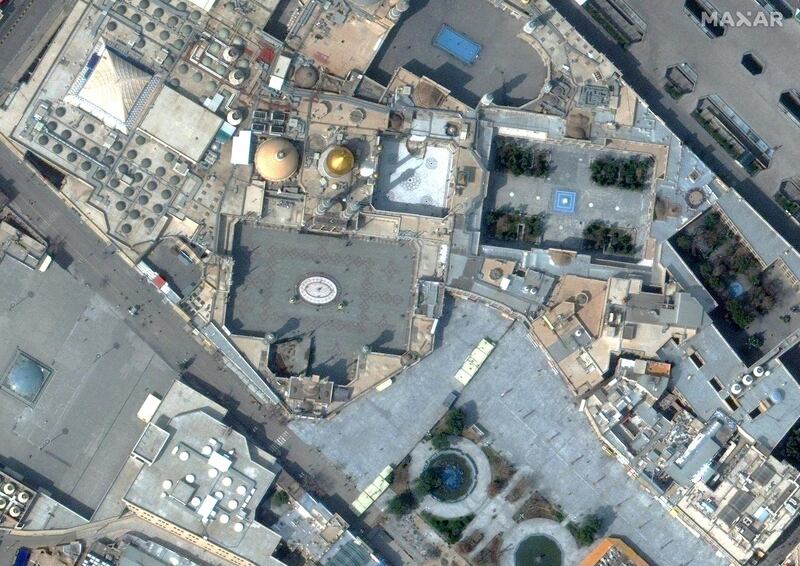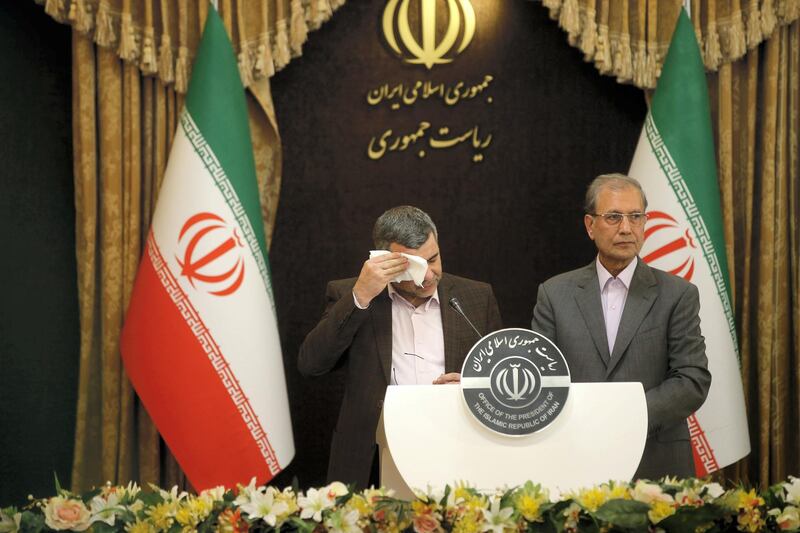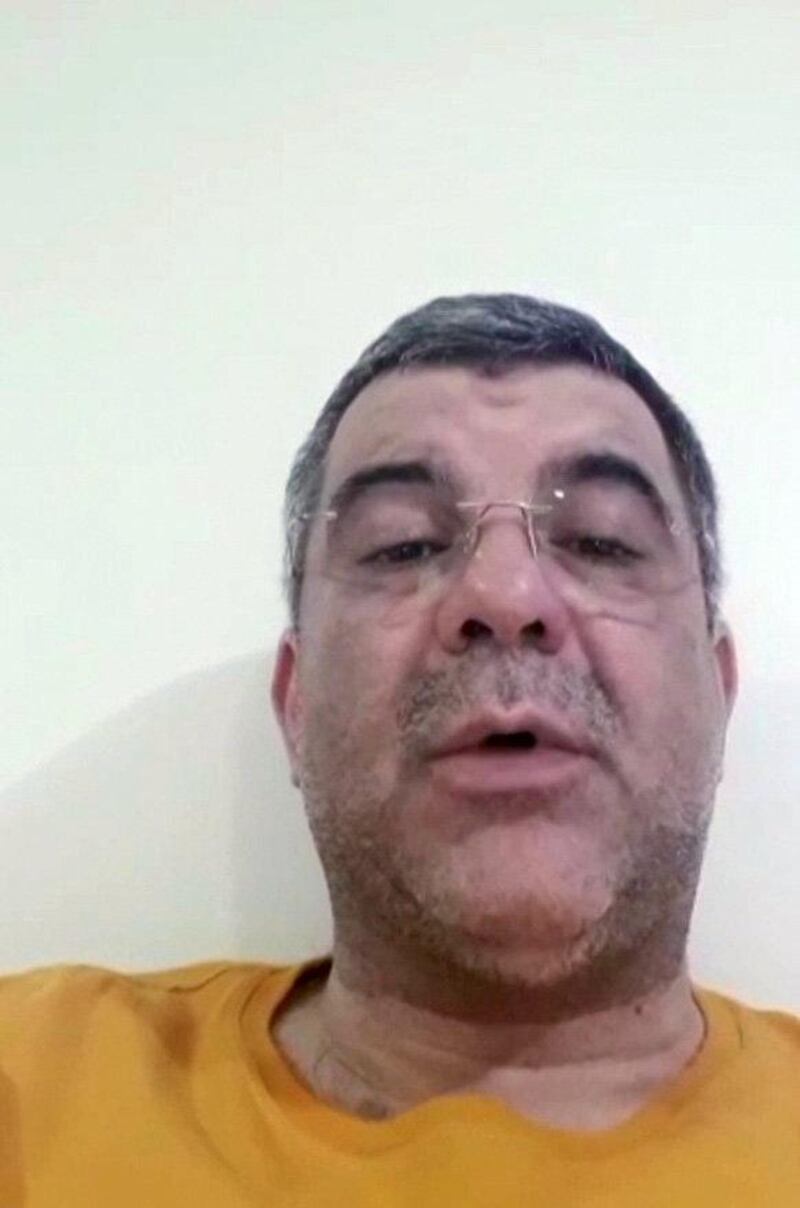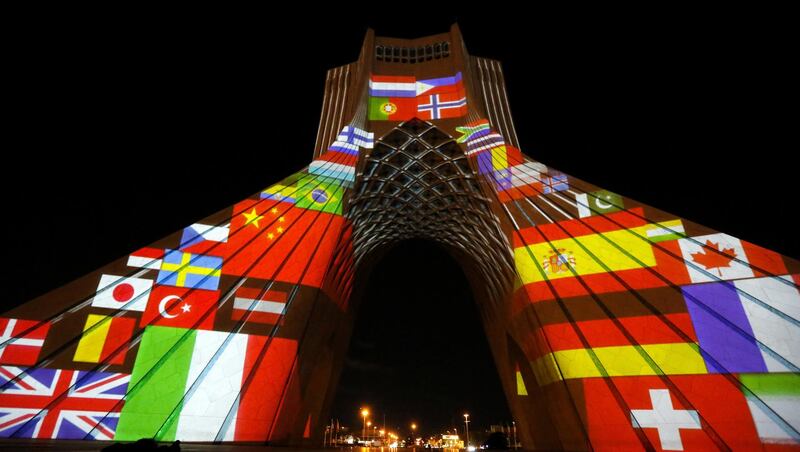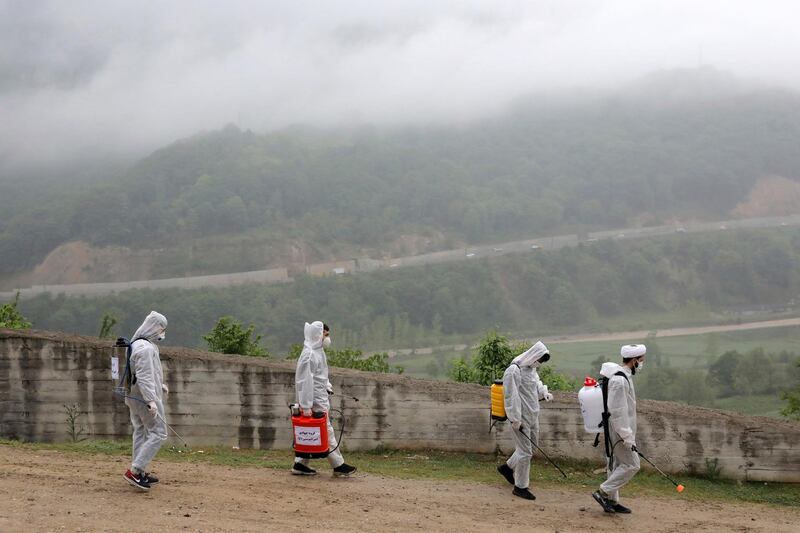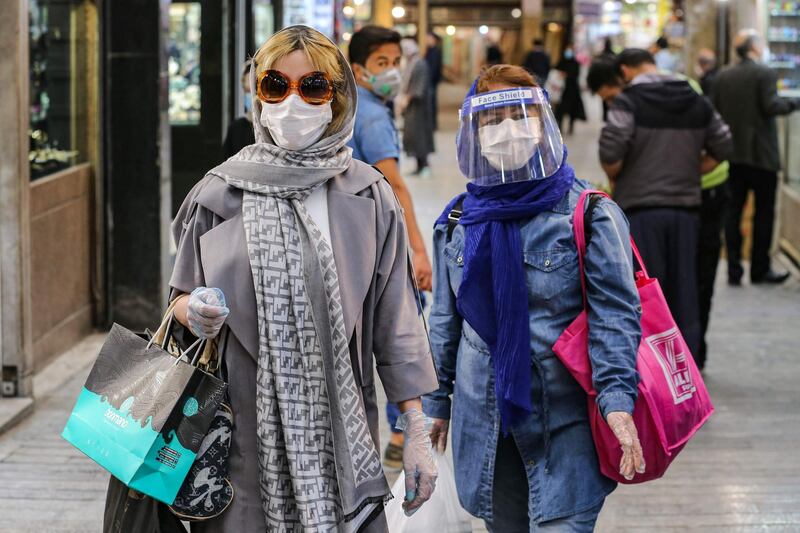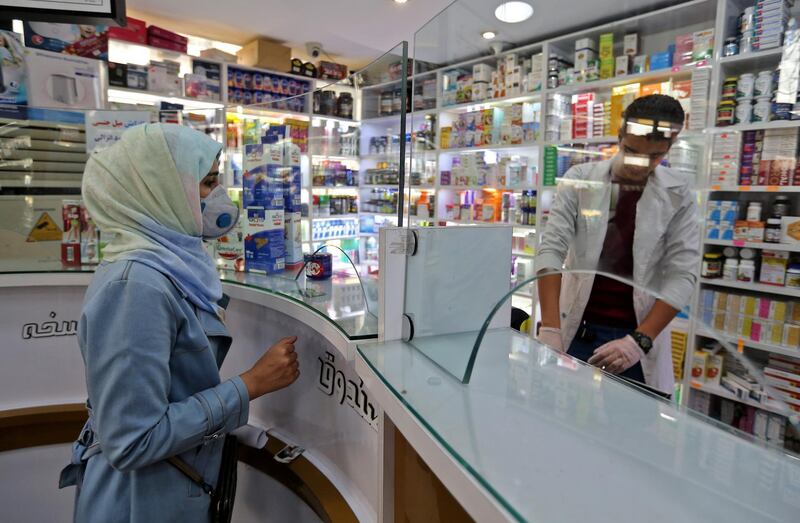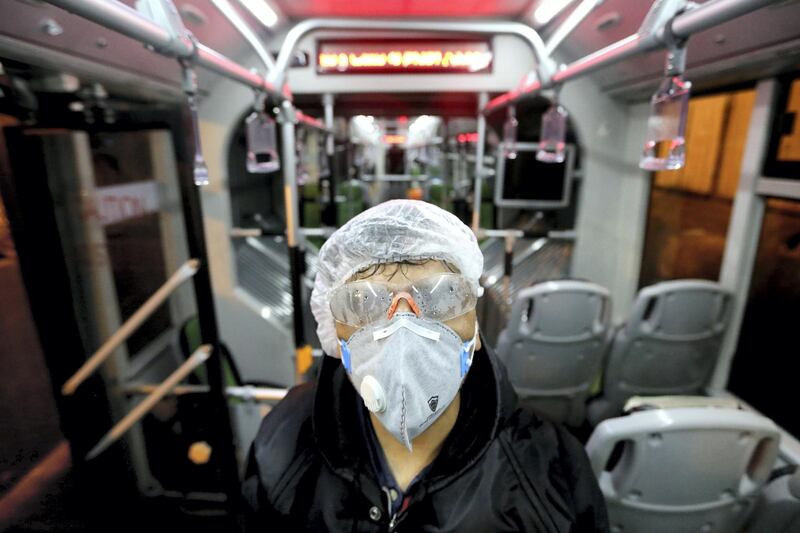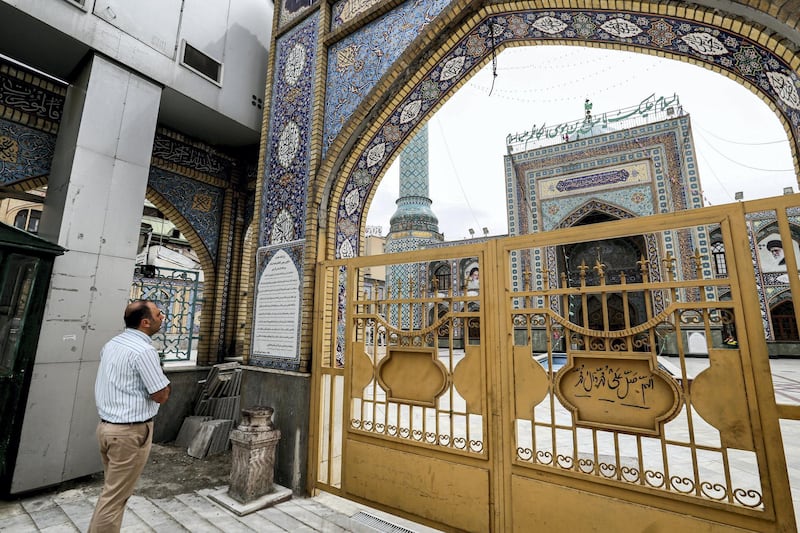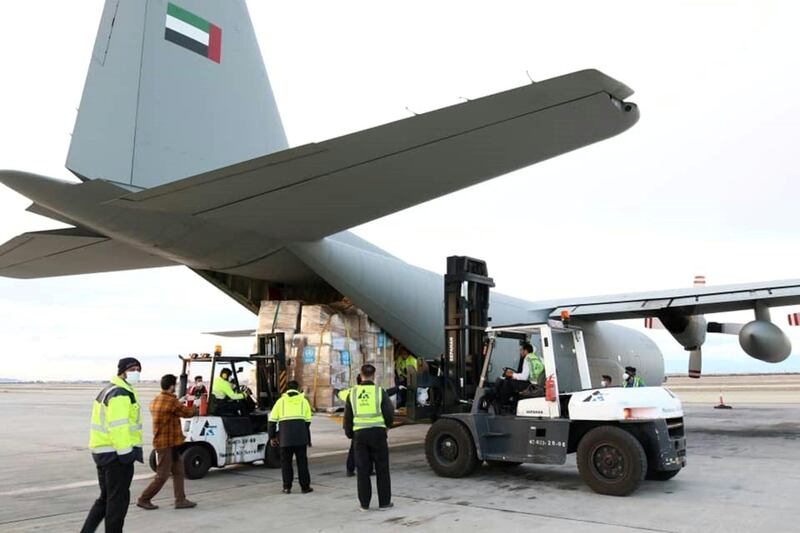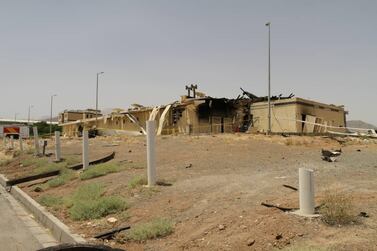Iran on Sunday made it mandatory for people to wear face masks amid deepening fears over rising numbers of daily deaths from the coronavirus.
Supreme Leader Ayatollah Ali Khamenei publicised an image of himself in a mask in recent days, urging public officials and the Islamic republic’s 80 million people to cover their faces to prevent the spread of the virus.
But public opinion polling and a walk through any of the streets of Tehran show the widespread apathy felt over a pandemic that made Iran in February among the first countries to be struck after China. Whether rooted in fatigue, dismissal or fatalism, that indifference has scared Iranian public health officials into issuing increasingly dire warnings.
“Let me first thank our great people,” a health worker in a hazmat suit in a hospital corridor sarcastically bellows in one dark state TV spot. “You hand-in-hand with the coronavirus defeated us!”
The new rules mark a turning point for Iran, which has struggled in trying to balance provincial lockdowns to stop the virus’s spread with the fears of stalling out an economy already struggling under US sanctions after America’s unilateral withdrawal in 2018 from Tehran’s nuclear deal with world powers. Religious considerations also played a role as authorities declined for weeks to close shrines where the faithful touch or kiss the tombs’ protective bars.
For a moment, it appeared the restrictions and public fear had worked, as reported new cases and deaths from the virus dropped to their lowest levels in May. But new cases soon rose again, with officials initially saying better testing causes the numbers to surge even as they lifted restrictions to boost economic activity.
By mid-June, daily death tolls again routinely rose to triple digits. On Sunday, Iran reported its highest single-day death toll of the pandemic, with 163 killed.
Fears persist that Iran’s actual death toll from the virus may be nearly double its reported figures, as a parliamentary report in April suggested. Masoud Mardani, a member of the country’s coronavirus task force, recently said that sampling from random antibody tests suggest that 18 million Iranians have so far been afflicted by the virus, without elaborating. Iran has only reported 240,000 confirmed cases.
“We see that some consider being infected with the virus bad and hide it,” a mask-wearing President Hassan Rouhani said on Saturday.
“If someone knows that they have been infected with coronavirus, they have a religious and human duty to inform others about it.”
To fight the virus’s spread, the Iranian government issued the mask mandate. The new rules require those in Tehran’s metro, riding buses or indoors to wear them. Mr Rouhani said those seeking “public services” also will be required to wear a mask.
Up until this point, wearing a mask in Iran had been encouraged but remained a personal choice. It follows the changing views and mixed messages of the scientific community over the usefulness of masks since the pandemic began.
Wearing masks is mandatory in countries including Egypt, Iraq, Israel, Lebanon, Pakistan and the United Arab Emirates, although enforcement varies.
In Iran, people remain unenthusiastic about wearing masks, although it hasn’t become a political statement like it has in the US. Instead, it appears to be one of fatigue.
